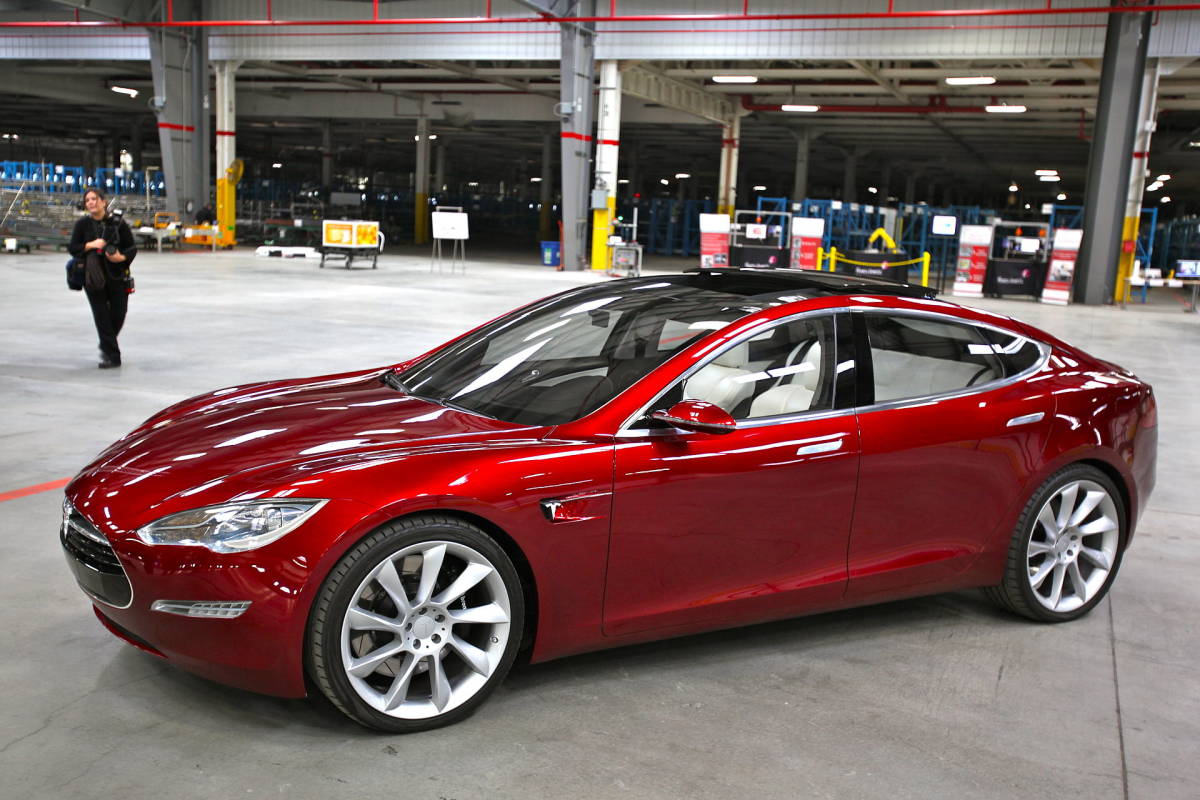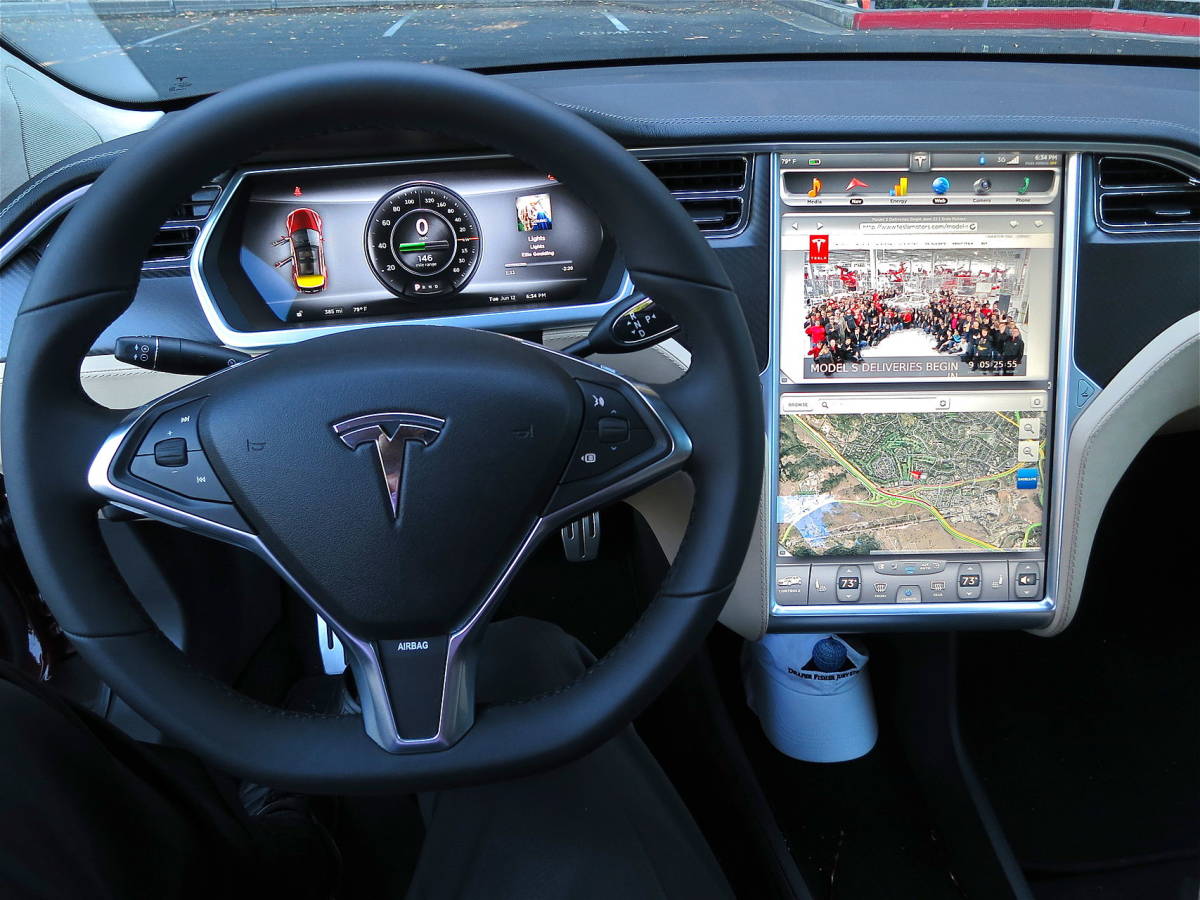
Last week, Tesla, the premium electric automobile manufacturer, announced that all of their Model S vehicles could download version 7.0 firmware that provides “Tesla Autopilot.” This news bolsters Elon Musk’s (CEO) reputation as an innovative industry entrepreneur. This update is free. All Model S vehicles are born with the necessary apparatus to run Tesla Autopilot features. This upgrade is installed by parking the car in your garage while a 45-minute download happens over your home Wi-Fi network. Yes folks, things have advanced to this heralded state! Let’s dig in.
What exactly is Tesla Autopilot?
Tesla Autopilot conjures up the concept used by airlines to guide jet airplanes to their destinations over a specified course. Pilots must override or disable the autopilot controls under special maneuvers, change of course, takeoff, and landing.
Automotive autopilot, in Tesla’s view, is a coordinated driver assist system that uses already furnished sensors in an integrated control system to perform some driving functions without driver assistance. The concept is similar to cruise control, only for several more complex maneuvers. You’ll understand if you think of the airplane analogy:
—The functionality is not yet at the level of “Start from home and take me to Tuacahn while I take a nap.” Give that a few years.
—Driver presence is required and detected, otherwise Tesla Autopilot politely disengages.
—Driver overrides are always available.
The building blocks of Tesla Autopilot
Four types of things are used in the Model S (and the new X SUV model) to get this job done.
—The car is equipped with an array of sensors to provide all the feedback information to make Tesla Autopilot aware of the current driving situation. These sensors have been in the Teslas since day one.
—The hub for the sensors and the actuators is a control computer. Sensors are inputs’ actuators are outputs. Again, it’s all already there.
—Software (aka firmware) tells the computer specifically how to take the inputs and activate the outputs in complex driving scenarios. (This is what is new.)
—Actuation devices manipulate the car as instructed by the control computer. These are already there as well. Being an all-electric vehicle, the actuators have been responding to manual driving commands (acceleration, steering, braking, etc.).
New Tesla Autopilot functions
In October of 2014, Tesla started equipping the Model S with sensors to allow for the incremental introduction of self-driving technologies, like cameras, radar, ultrasonics, and GPS. These mutually reinforcing systems offer real-time data feedback from the Tesla fleet, ensuring that the system is continually learning and improving upon itself.
With those sensors and the new firmware, Tesla Autopilot allows the Model S to:
—Steer within a lane.
—Change lanes with the simple tap of a turn signal.
—Manage speed by using active, traffic-aware cruise control.
—Control motors, brakes, and steering to help avoid collisions from the front and sides.
—Prevent the car from wandering off the road.
—Scan for a parking space, alert you when one is available, and parallel park on command.
Near as I can determine, stopping at an intersection, for a traffic light, or stop sign remains the responsibility of the driver. You are on your own to prevent T-boning. In the future, our roadways may be capable of signaling instructions to vehicles. Although I can’t imagine what that would take to get through congress!

For the driver
While truly driverless cars are still a few years away, Tesla Autopilot functions like the systems that airplane pilots use when conditions are clear. The driver is still responsible for, and ultimately in control of, the car. What’s more, you always have intuitive access to the information your car is using to inform its actions.
This release also features the most significant visual refreshing yet of the digital displays for every single Model S around the world. The instrument panel is focused on the driver and includes more functional apps to help monitor your ride.
Tesla states that “The release of Tesla Version 7.0 software is the next step for Tesla Autopilot. We will continue to develop new capabilities and deliver them through over-the-air software updates, keeping our customers at the forefront of driving technology in the years ahead.”
Get more info from the right from the horse’s mouth. Visit the Tesla Autopilot Page.



